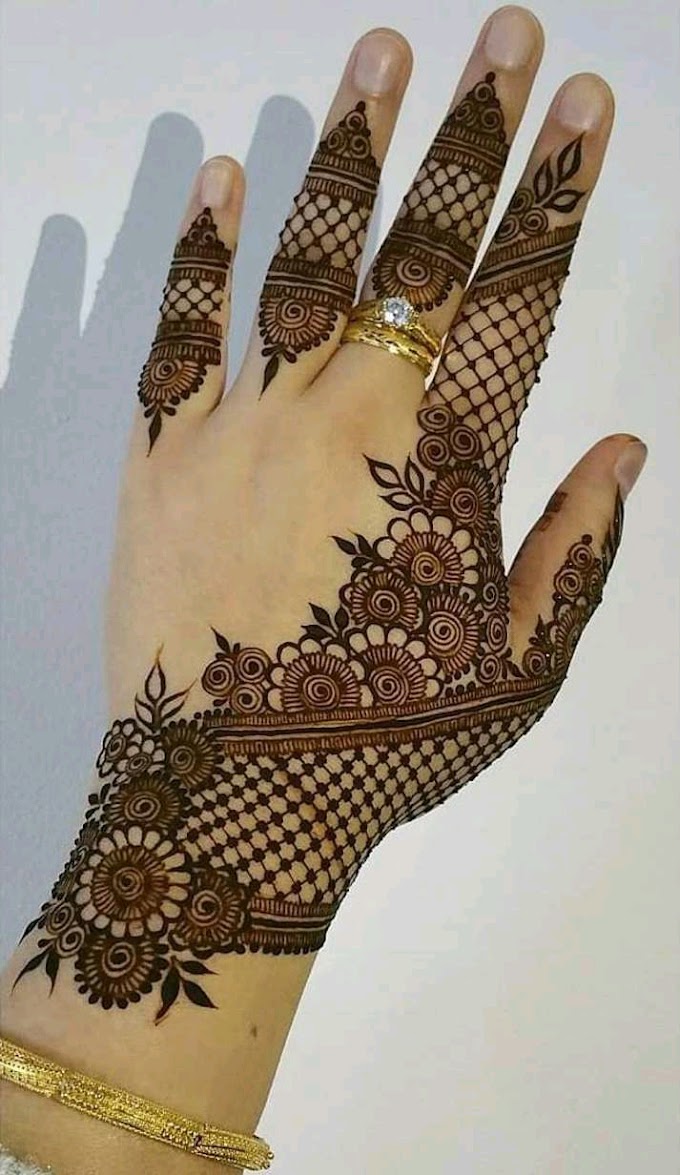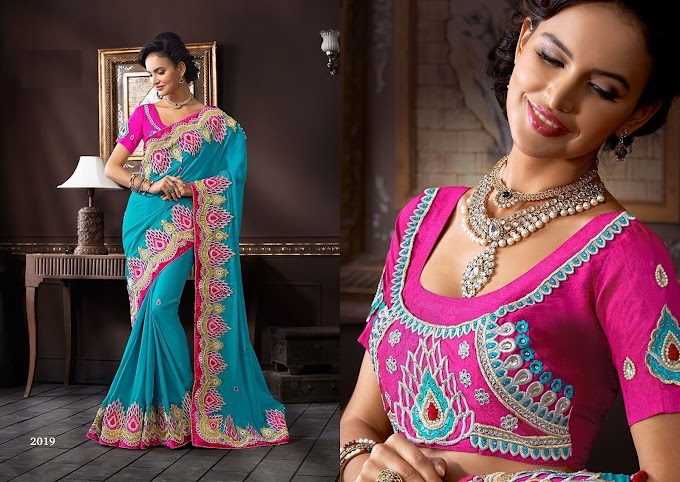Mehndi or Henna is gotten from the Sanskrit word mendhikā. The utilization of mehndi and turmeric is depicted in the soonest Hinduism's Vedic custom books. Haldi (recoloring oneself with turmeric glue) and mehndi are Vedic traditions, proposed to be an emblematic portrayal of the external and the inward sun. Vedic traditions are revolved around "arousing the internal light". Customary Indian outlines are of portrayals of the sun on the palm, which, in this unique circumstance, is proposed to speak to the hands and feet.
Mehndi otherwise called henna in the western world is the utilization of as an impermanent type of skin enhancement, rehearsed essentially India and Nepal. Advanced by Indian silver screen and media outlet Bollywood, the general population in Pakistan, Bangladesh and the Maldives and in addition by ostracize groups from those nations likewise utilize Mehandi. This convention has spreaded to exist among some Arab Women especially the Cooperation Council for the Arab States of the Gulf nationals. Mehndi embellishments ended up noticeably chic in the West in the late 1990s, where they are now and then called "henna tattoos".
Mehndi is regularly connected amid uncommon Hindu events like weddings and celebrations like Karva Chauth, Vata poornima, Diwali, Bhaidooj and Teej.
In Hindu celebrations, numerous ladies have Henna connected to their hands and feet. It is typically drawn on the palms and feet, where the outline will be clearest in light of the fact that the skin on these surfaces normally contains less of the shade melanin. Henna was initially utilized as a type of enrichment predominantly for Hindu ladies.
Muslims celebrations embraced along these lines amid Eid-ul-Fitr and Eid-ul-Adha too.
In the cutting edge age and even because of constrained supply of Indian Traditional Mehndi craftsmen, more often than not individuals purchase instant Henna cones, which are prepared to utilize and make painting simple. Be that as it may, in rustic zones in India, ladies pound new henna leaves on crushing stones with included oil, which however not as refined as professionally arranged henna cones, brings substantially darker hues.
Conventions:
Mehndi: is a stately work of art which began in antiquated India. Mind boggling examples of mehndi are ordinarily connected to ladies before wedding functions. The groom is likewise painted in a few sections of India.
In Rajasthan, the lucky men are given plans that are regularly as detailed as those for ladies. In Assam, aside from marriage, it is comprehensively utilized by unmarried ladies amid Rongali bihu, however there are no limitations on its utilization by wedded ladies.
Muslims in India additionally began to utilize it as a sign of transitioning. Henna is presently additionally utilized as a part of some Gulf States, where the night prior to the wedding night is devoted to improving the lady of the hour with henna, and called "Henna night". In the Middle East and Africa, it is regular for ladies to apply henna to their fingernails and toenails and to their hands.







